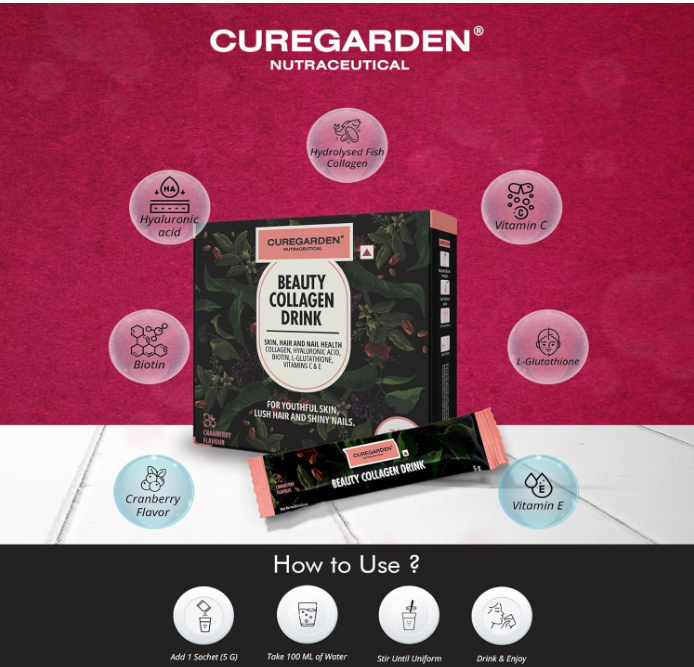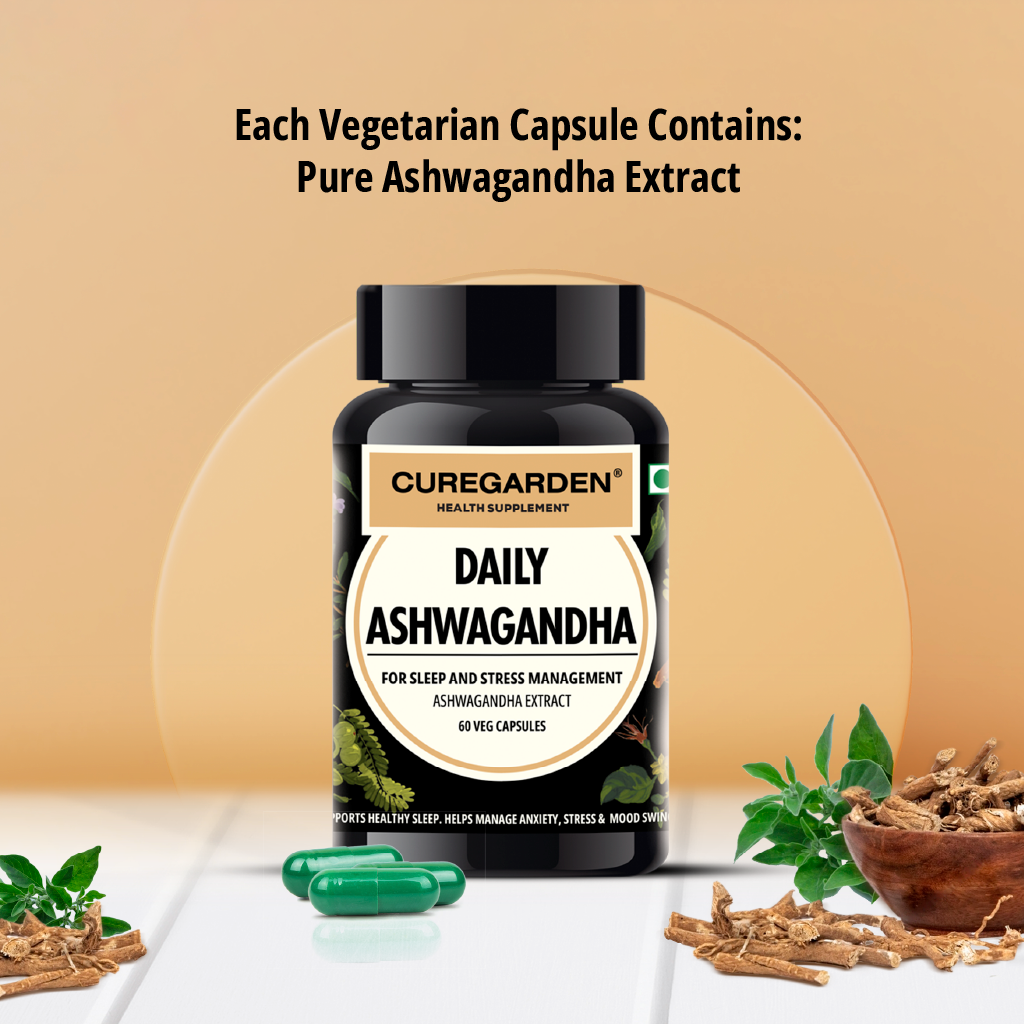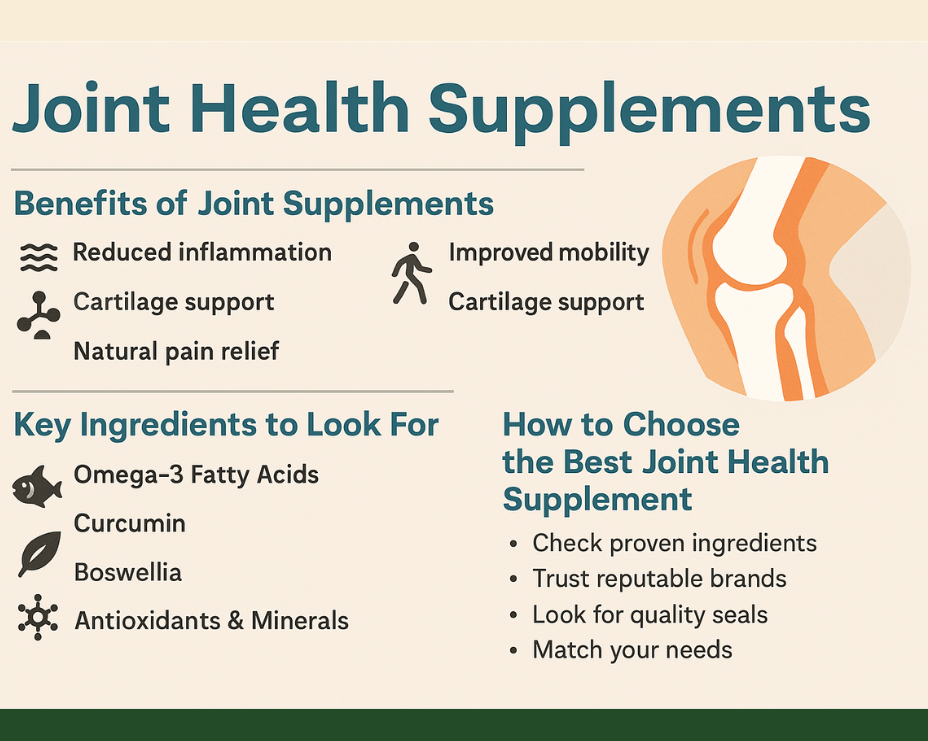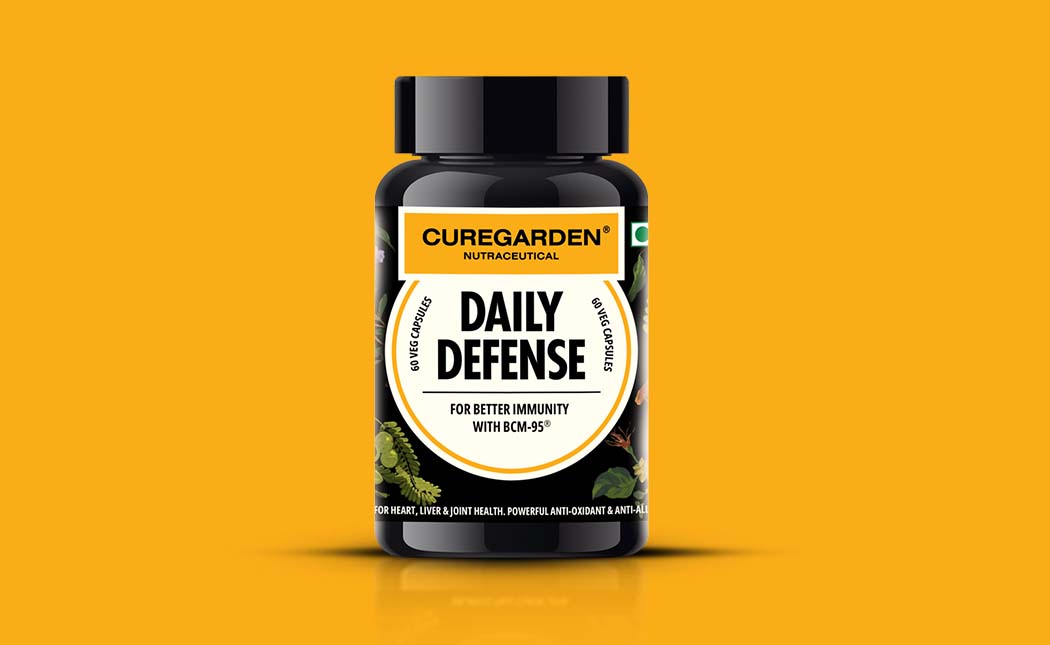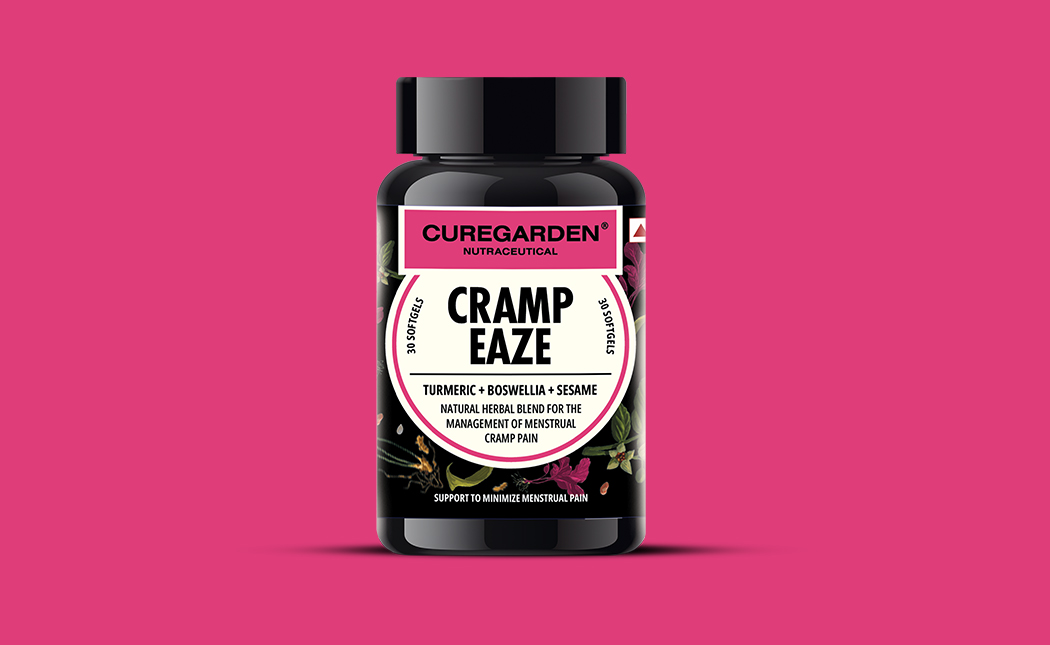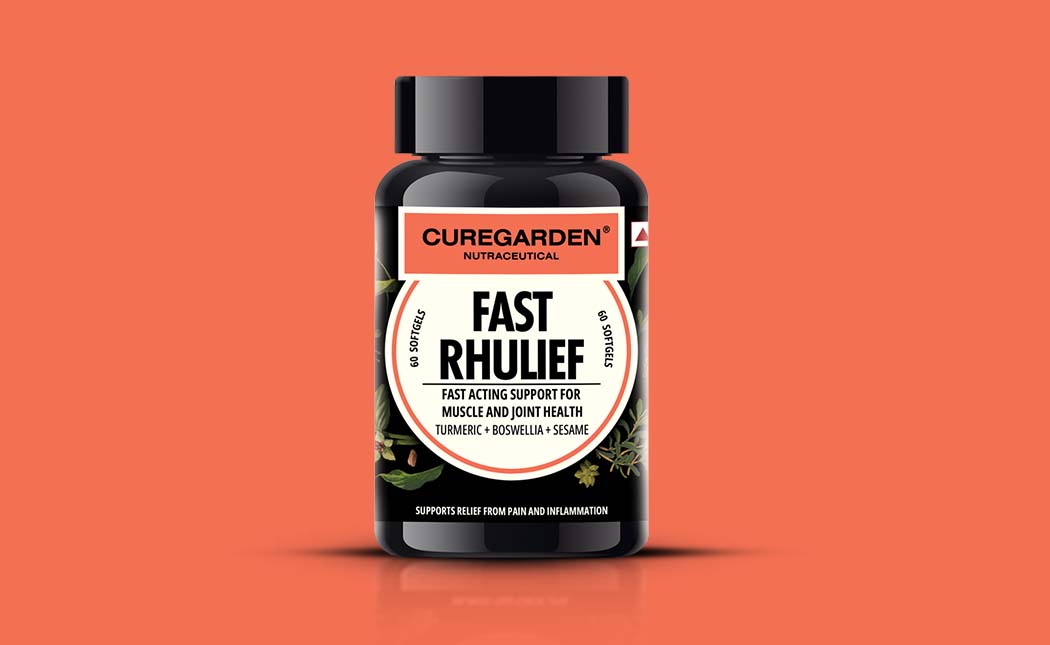Essential Takeaways
- The unique biological profile of women requires that they tweak their diet as they age.
- Apart from consuming the mandated amount of water, consuming a balanced portion of legumes, leafy greens and dairy, know about the specific dietary requirement of women through different ages
A wholesome and varied diet which comprises nutrient-dense food is advised for everyone, irrespective of age. The unique biological profile of women requires that they tweak their diet as they age. Apart from consuming the mandated amount of water, consuming a balanced portion of legumes, leafy greens and dairy, we will break down the specific dietary requirement of women through different ages.
Teens (13-19)
The period is characterized by rapid growth spurts and the onset of menstrual cycles. Therefore, a nutrition-packed diet is compulsory for girls of this age group. This is not the age to be calorie counting or engaging in fad diets. Teen girls should include a varied range of proteins, calcium, iron and vitamin A in their diet. Proteins are essential for the growth and maintenance of muscles. Teens need to consume 45-60 gms of protein per day by consuming lean meat, poultry, fish, eggs, milk, yoghurt, cheese etc. In case vegetarians or vegans, tofu and soy products, beans, and nuts are abundant with proteins. If an adequate amount of protein is not made available at this age, it can affect sexual maturation, linear growth and development of muscle mass.
Calcium is crucial during puberty for strengthening bones and teeth. Calcium requirements can be met through incorporating dairy products, broccoli, cabbage, okra, and almonds in your diet.
Monitoring iron intake becomes important as girls begin menstruate. As they keep losing a little bit of iron every month from childhood to adolescence, iron intake must be increased from 8mg per day to 15mg per day. Chicken, meat, fish, and leafy greens like spinach are abundant resources of iron. Vitamin A is crucial for egg development in adolescent girls. It can be found in cod liver oil, liver, eggs, carrots, etc.
20s
This is a crucial decade for nutritional status, as hormones that build muscles are at its peak. As metabolism starts to slow down, managing weight can become a problem.The major nutrients to include are fibers, calcium, iron and iodine.
With lowering metabolism, fiber becomes important for nutrient absorption and gut health. Include whole grain breads, barley, rye, fruits like melons, berries and pears in your diet. Broccoli , carrots, peas and pulses are an abundant source for fibres too.
Your 20s is your last chance to build bone strength. Calcium required for strengthening bones can be sourced from dairy products, broccoli, cabbage, okra, etc.
Iron will be required for oxygen transportation to cells. Include meat, chicken, egg, fish and leafy greens in your diet.
Include tuna, cod fish, eggs and iodized salt in your diet. Iodine is a crucial component as it helps synthesize thyroid hormones.
30s
The key factors to consider for women in their 30s is hormonal imbalance. As the body ages, women require higher energy to push through the day. Balancing caloric and protein intake is important during this decade. Nutrients to include in this age bracket are fibers, antioxidants and vitamins. Fibers to consume include wholegrains, oats, barley and rye along with roughage rich veggies and fruits like melons, berries,carrots etc. Vitamins are crucial for energy and balanced nutrition. Foods to consume to meet your vitamin intake includes leafy vegetables, brown rice, red meat, fish, poultry and eggs. Another important addition to the 30s diet are antioxidants, which helps in providing high energy. Antioxidants can be found in cranberries, cherries, pears and grapes etc.
40s
40s is characterized by declining bone density, deterioration of muscle mass and strength and for some, the onset of menopause. The major nutrients to pay heed to are calcium and protein. With deteriorating muscle mass it becomes crucial to include ample protein in your diet from sources such as lean meat, poultry, eggs and dairy products. In order to manage bone density include calcium-rich foods like milk, yoghurt, broccoli, cabbage and okra.
50+
With decline in cognitive health, estrogen flatlining and higher risk of osteoporosis, women ages 50 and above should include protein, calcium, antioxidants and fatty acids in their diets
Proteins, which are required for muscle mass and tissue repair can be sourced from lean meat, eggs, fish, dairy etc. Calcium sources as mentioned above, can be found in dairy products, broccoli, okra etc. Antioxidants required to prevent free radical damage are available in abundance in berries and fruits like cherries, grapes, pears.
Fatty acids are important for heart, joint and eye health. It is found in fish like salmon, mackerel, and herring. Another source for fatty acid is walnuts, avocado and flax seeds.
About the author
Essential Takeaways
- The unique biological profile of women requires that they tweak their diet as they age.
- Apart from consuming the mandated amount of water, consuming a balanced portion of legumes, leafy greens and dairy, know about the specific dietary requirement of women through different ages


